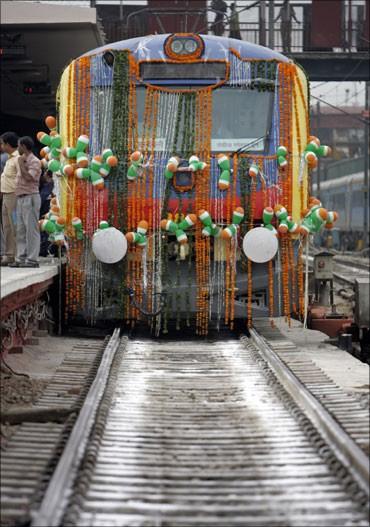
The key similarity between 1991 and 2014 is the criticality of decisive action, says Subir Gokarn.
Historical comparisons are complex. As many similarities as one may find between two periods or events, there are also going to be several important differences between them. But that doesn’t stop us from making forecasts based on historical comparisons.
An irresistible one just now is the compare-and-contrast between 1991 and 2014. Can we draw any inferences about what might happen when the next government is formed after the general elections next year from the experience of 1991?
There are a number of possible ways to look at this. The traditional macroeconomic perspective, for example, will compare growth rates, inflation rates, the fiscal deficit, the balance of payments, foreign exchange reserves and so on between the two periods.
By most indicators, this approach would conclude, the economy is currently in a far better place today than it was in the build-up to the elections in 1991.
…
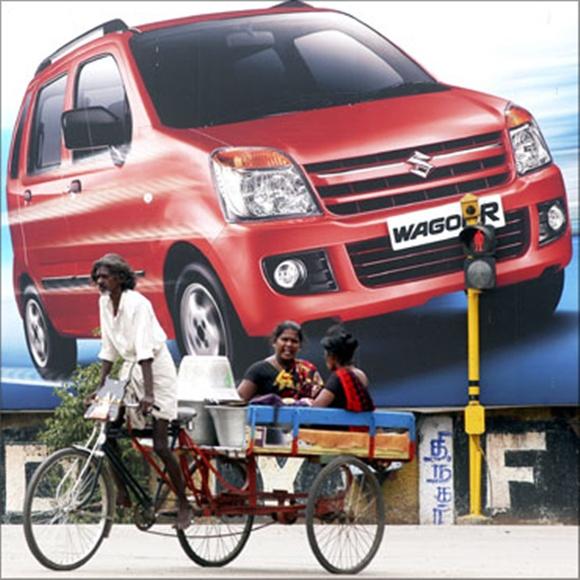
Externally, the series of shocks that have been felt in the past five years have been met with some degree of resilience; the shock that hit in 1990-91 was, by comparison, less intensive and much shorter in duration, but it brought the economy to its knees.
Of course, one could argue that these strict comparisons are not relevant. Over these 23 years, the economy has transformed itself. A very different structure has emerged from its ability to exploit a whole new set of opportunities, both domestic and global.
But, as it has done so, new risks have arisen - in particular, from a dramatic change in its level of integration with the global economy. It is in terms of how well it is continuing to exploit these opportunities and managing these risks that the current situation needs to be assessed.
How far from its peak performance potential has it fallen and are there any spontaneous or self-correcting forces at work? On this count, perhaps there are more similarities than differences between 1991 and 2014.
…

Another view on this could be from the political angle. The crisis of 1991 precipitated in a situation in which an external shock collided with an extremely unstable domestic political situation.
Under the circumstances, the successor government really had no choice but to initiate the kind of reform measures that it did, but equally important was the fact that the crisis effectively constrained political opposition to the policy changes.
The political situation leading up to the 2014 elections is different in some ways – the government itself is not under threat – but is similar in others - the level of political confrontation is high.
Does the experience of 1991 suggest that when it comes to the crunch, such confrontation can be set aside to broadly back a set of significant policy changes? Or is the sense of crisis not pervasive enough for it to be able to push aside any resistance?
However, I would like to go beyond these perspectives and argue that there is an essential similarity between the two situations, which is critical to the prospects for the economy after the elections.
…
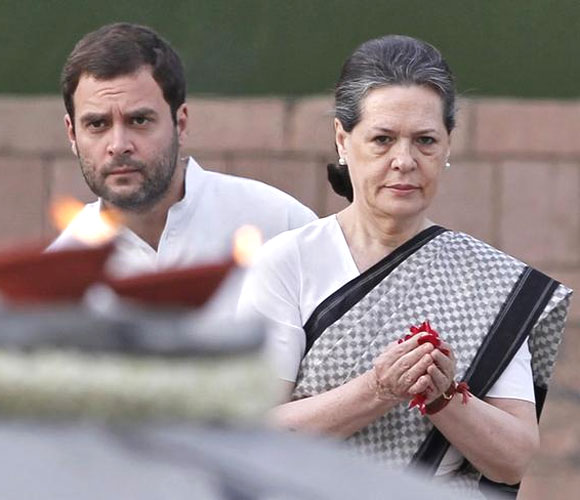
In 1991, given the state of the economy leading up to the elections, the reform agenda was a matter of life and death. In retrospect, whoever came into office at the time would have been compelled to take many of the measures that the Congress government eventually took.
That they were persisted with and eventually became acceptable enough to be assimilated into the agenda of successive governments was a significant achievement. The counterfactual scenario in which the new government was unable to move decisively to change course is a dire one.
Will we be at a similar cusp in 2014, when decisive action, or lack of it, by a new government could mean a life-or-death difference for the economy? I believe we will be and, to my mind, this is the most important similarity between the two years.
Put aside the macroeconomic comparisons and contrasts, the political configurations and everything else - the common feature between 1991 and 2014 is the criticality of decisive change.
Just as in 1991 several bottlenecks had come squarely in the way of sustaining the relatively good growth performance of the 1980s, others have come squarely in the way of the spectacular record of 2003-2010. Just as these factors became visible in the couple of years before 1991, they have become rather obvious over the past couple of years.
…
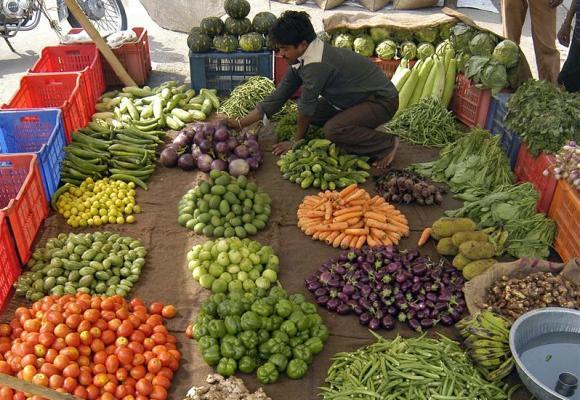
Then, it was the combination of industrial licensing, trade policy and financial sector reforms that comprised the first wave of structural reforms.
It took a while for the right combination to fall into place, but eventually it did. This time around, everybody will have their own list of things to do. Here are four on the top of my list.
One, the persistence of high food inflation strongly points to the need to do something radical in agriculture. This requires both an overall enhancement in productivity and a major re-allocation of land between crops.
We did this once four decades ago; it is high time that version II is rolled out. Two, the promise that the public-private partnership model for infrastructure development initially made seems to have been oversold. There have been some successes, unquestionably, but the many setbacks have only served to widen an already daunting infrastructure gap.
Three, the sharp increase in the current account deficit is largely the result of the inability to exploit our mineral resources in a transparent, equitable and sustainable way.
...
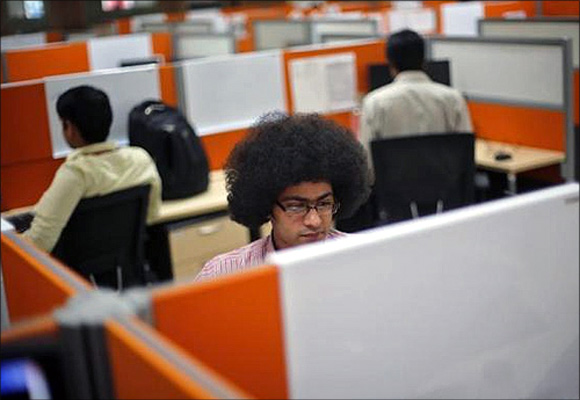
These resources should and can be a source of great competitive advantage, but it needs an appropriate policy and regulatory framework. Four, the rate at which we are creating “desirable” jobs is far below requirements. The demographic dividend is fast turning into a time bomb.
Other items could legitimately be added to the list. The essential point is, though, that whoever forms the government after the 2014 elections will have to move aggressively on a variety of fronts in order to bring economic performance back to its true potential.
Our experience since 1991 suggests that three things are needed to have a reasonable chance of success: concrete and pragmatic plans; competent and committed people in charge of each campaign; and a leadership that backs them administratively, but particularly, politically. The one reassurance that we can take from previous episodes is the system has been, well, been there, done that!
The writer is director of research, Brookings India, and former deputy governor of the Reserve Bank of India. Views are personal